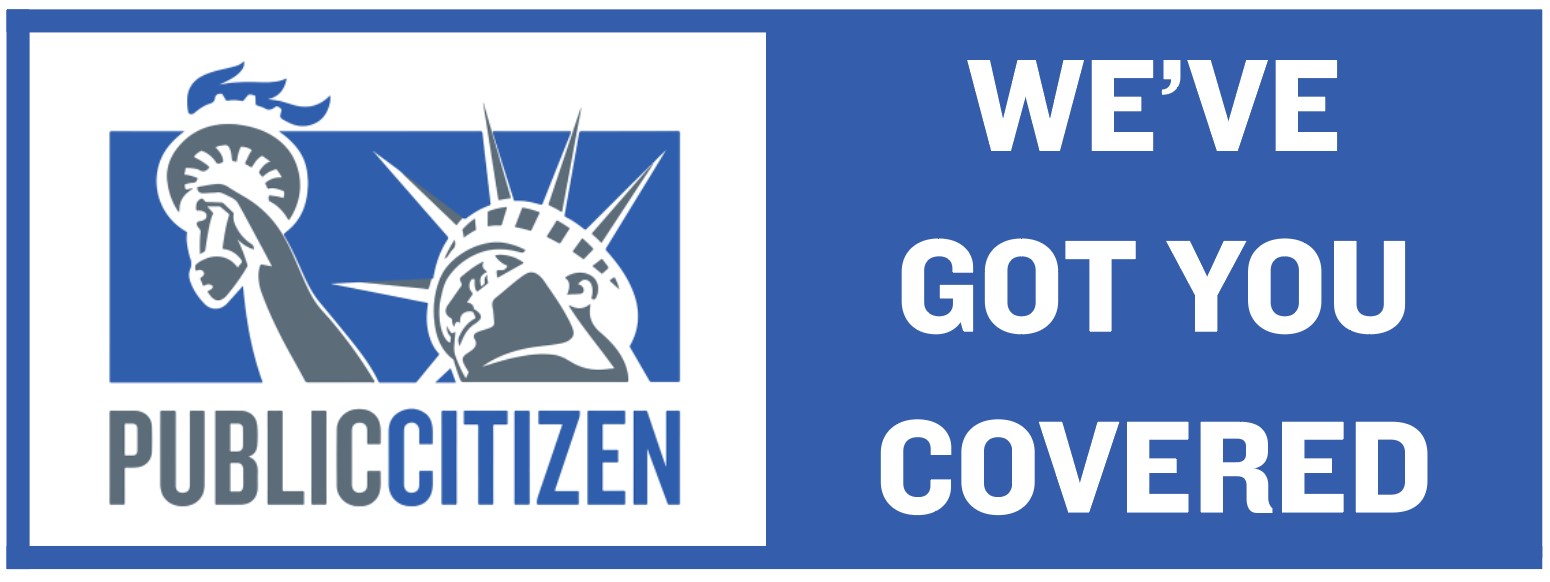Rescuing Rural Hospitals; $600 Billion Annually in Administrative Savings; Cost of Doing Nothing; Iowa Stats
Public Citizen Has You Covered

Welcome to this week’s edition of “We’ve Got You Covered,” a weekly tipsheet designed to highlight key news about Medicare for All and call out the biggest industry lies and falsehoods about universal health care. Please send tips, feedback and questions to Mike Stankiewicz at mstankiewicz@citizen.org or (202) 588-7779.
HOW MEDICARE FOR ALL BOOSTS RURAL HEALTH
Under the current profit-driven health care system, more than 160 rural hospitals have closed and about a quarter are at risk of closing. Fee-for-service payments, massive spending on administrative costs and burdensome uncompensated care kneecap these critical providers.
There’s only one health care plan that can bring these providers back from the brink.
A new Public Citizen fact sheet details how Medicare for All would benefit rural health care providers, including:
- Ending uncompensated care;
- Reducing administrative costs; and
- Providing funding under global budgets.
“Rural hospitals face unique issues and that is only being exacerbated by the current health care system,” said Melinda St. Louis, director of Public Citizen’s Medicare for All campaign. “Medicare for All would ensure that no hospital would need to shutter its doors because of low admission rates or providing care to vulnerable, low-income communities.”
STUDY: $600 BILLION IN ADMINISTRATIVE SAVINGS
Speaking of administrative spending and waste, a new study in the Annals of Internal Medicine analyzes just how much insurers and providers waste on paperwork issues.
The study found that administrative costs amounted to 34.2% of total U.S. national health expenditures in 2017, about $812 billion in total, or about $2,500 per patient.
“The average American is paying more than $2,000 a year for useless bureaucracy,” said Dr. David Himmelstein, the lead author of the study. “That money could be spent for care if we had a Medicare for All program.”
The study also found that under Medicare for All, total U.S. health care expenditures would decrease by $600 billion each year, in line with previous estimates.
COST OF DOING NOTHING
A recent POLITICO article outlined just how unsustainable the current health care system is.
Alice Miranda Ollstein reports that the federal government estimates that national health spending will hit $6 trillion a year by 2027, nearly a fifth of the economy. And in total, the U.S. is expected to spend about $52 trillion on health care over the next decade.
Ollstein also noted that the number of uninsured Americans likely will rise by 8 million by the end of the decade. Additionally, worker contributions to health insurance have increased by 71% since 2009, while wages have increased by only 26%.
Thankfully there is something we can do.
Only under Medicare for All would overall U.S. health care spending decrease by between $2 trillion and $5 trillion over 10 years, while also covering every American and eliminating out-of-pocket costs including copays and deductibles. No other health care plan comes even close.
REMINDER: Iowa is being hit hard under the current corporate-owned health care system. About 17 rural hospitals in the state are at risk of closure despite the state’s Medicaid expansion.
And while the Affordable Care Act has helped decrease the state’s uninsured rate, too many Iowans remain uninsured. Medicare for All is the only plan that would cover every Iowan, and American, and ensure the financial viability of rural hospitals.
To speak with a Medicare for All policy expert, or if you have questions about Public Citizen’s work, please contact Mike Stankiewicz, mstankiewicz@citizen.org, (202) 588-7779.